Automaker has restricted purchase options for three electric vehicles so as to better handle their batteries. How can that reverse logistics be beneficial?
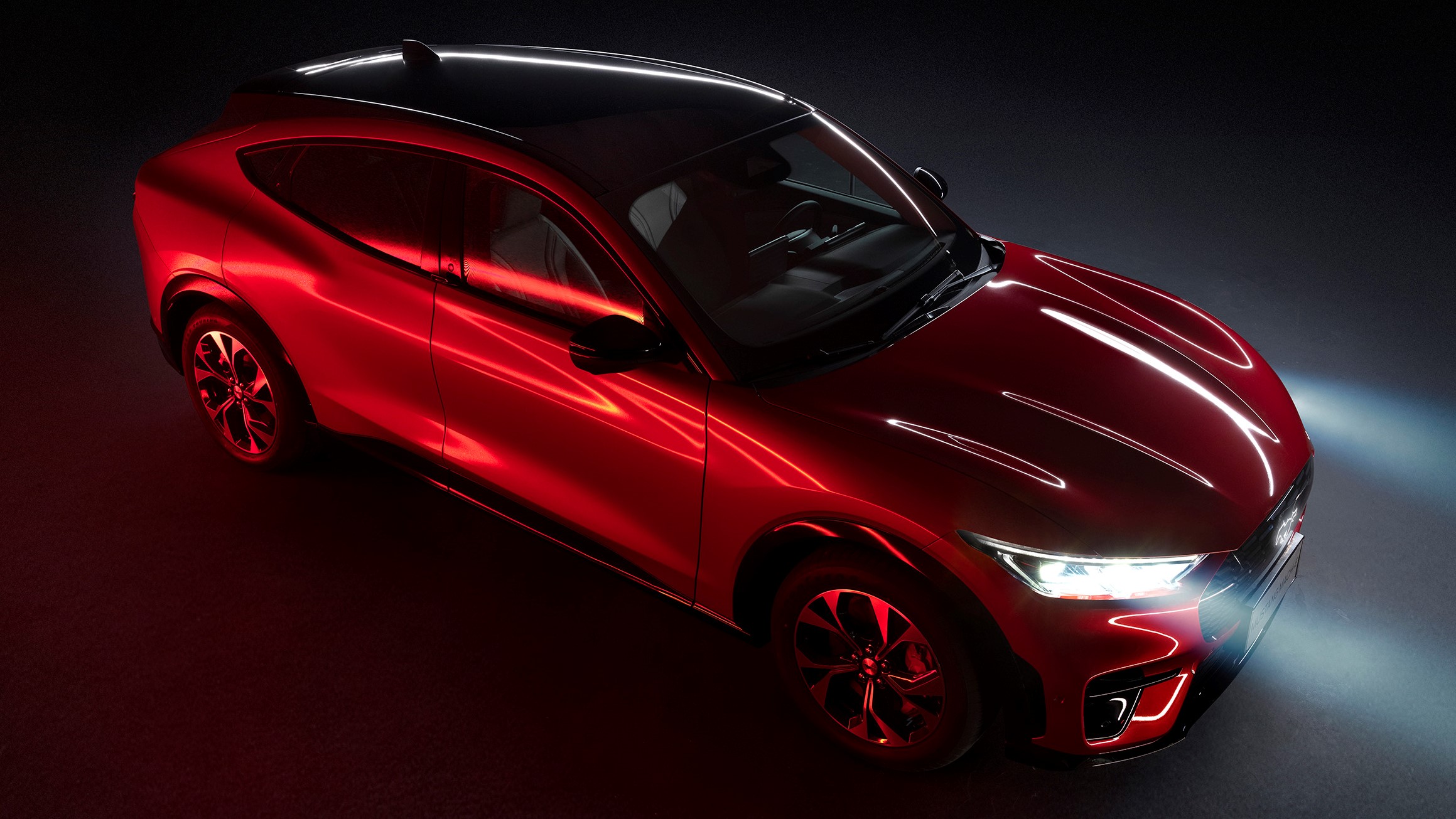
Have you signed a contract to lease an electric vehicle from Ford lately? The maker has changed its policy to remove the buyout option for E-Transit, F-150 Lightning, and Mustang Mach-E. That change becomes effective for contracts signed on June 15th and later. Once the contract ends, clients will be able to choose one of the remaining typical options. They can trade the car for a newer model or simply return it.
As Car and Driver reports, that change occurs in the USA and affects “38 states now and the rest by the end of the year”. A Ford spokesperson said that the automaker wants to keep EVs in its network longer; the goal is to better control batteries and materials in terms of recycling. If that means Ford is taking a step towards reverse logistics, that is great. Let us take a look at why actions like that are important.
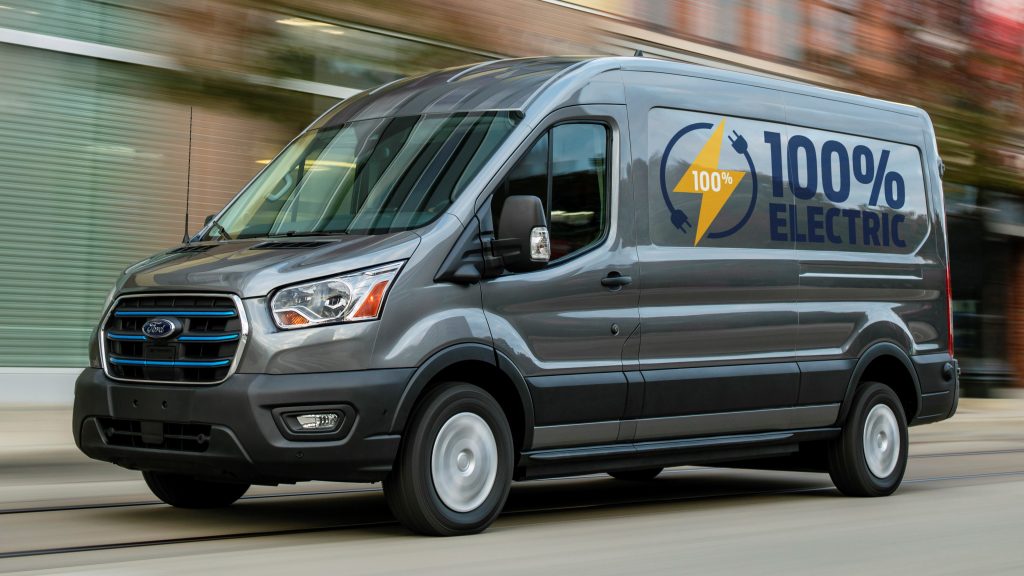
What is reverse logistics?
In short, it consists of the manufacturer bringing its product back from the end user. The most common reason for doing that is to regain value from the product; when it comes to EVs, it is possible to retrieve their batteries to recycle their core materials. Companies have a financial gain in that which, supposedly, goes back to users as lower final prices. However, there is more we can analyze about this practice.
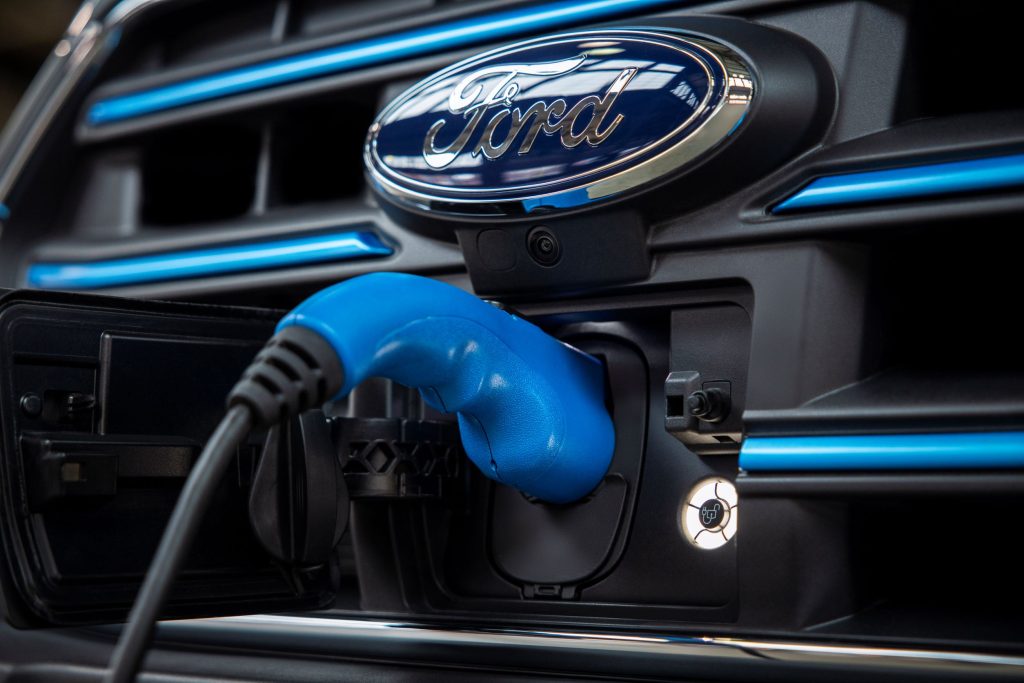
Products like batteries, lubricant oil, fertilizers, tires have federal laws regarding reverse logistics in some countries. That means their manufacturers can only sell them if they also follow a plan to properly collect them later. In this case, the government involves itself regardless of the aforementioned regained value; the incorrect disposal of those specific products could easily cause serious environmental problems.
Normally, companies have to invest a lot in this. After all, they need to establish collecting locations and an awareness campaign towards the users; once they get the products, they still need to take everything to the factory and recycle as much as possible. Things should be easier with Ford’s EVs because they are leased. There are fewer products on the streets and their users regularly interact with its dealerships.
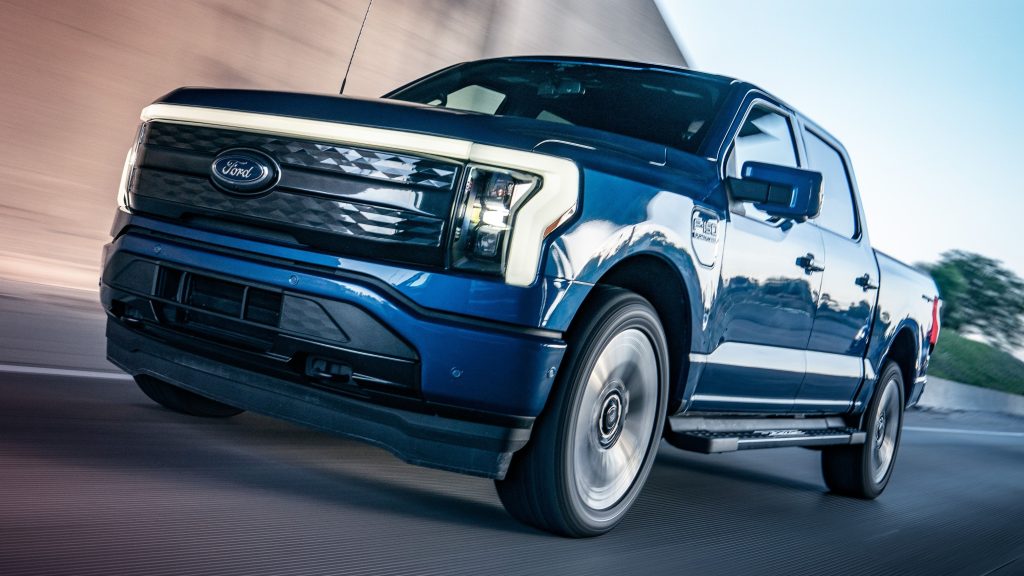
Why is that useful here?
Making electric cars is expensive. Their batteries depend on specific materials whose prices are only going up. Companies had to develop new platforms because it would not be feasible to adapt the existing ones. And there is pressure from the government; it is forcing the industry to abandon petrol cars so fast that it might unbalance their finances. EVs are the way to go, but the industry needs to make them cheaper.
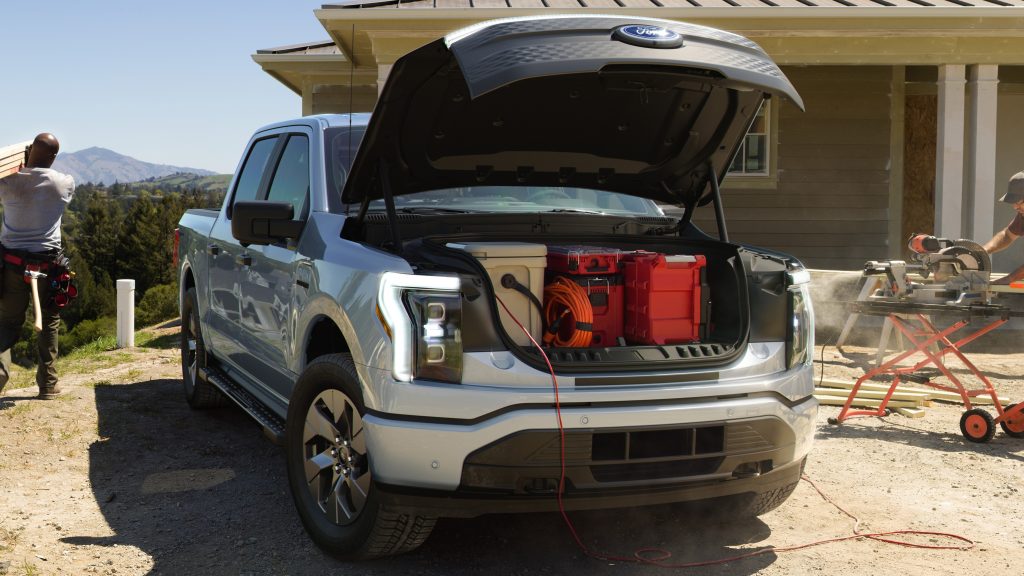
Some weeks ago, Toyota made the news for starting a recycling plan; it targets the batteries of old hybrid cars, namely the Prius. Ford has not disclosed what it will do with its cars, but reverse logistics is the safest bet. Besides, that is part of the company’s efforts to become independent in terms of battery production. It is also building a whole factory to that end; the upcoming Ford Ion Park will consume $185 million.
Now, going back to the lease, having no buyout option is not desirable, indeed. However, it can also be a good thing; Ford can encourage its clients to move to newer models. They will be up-to-date in terms of overall technology, and will have maximum efficiency and performance. On the other hand, if you signed your lease contract earlier than June 15th, you still have the option to buy the car once the term ends.
Danillo Almeida has explored his passion for cars in two distinct ways. The first one is his graduation course in Mechanical Engineering, which will hopefully lead to a job position in the field. The other one is expressing his knowledge and opinions on the matter through writing. Almeida has already contributed to blogs, stores, and websites in general writing automotive content in many formats.



